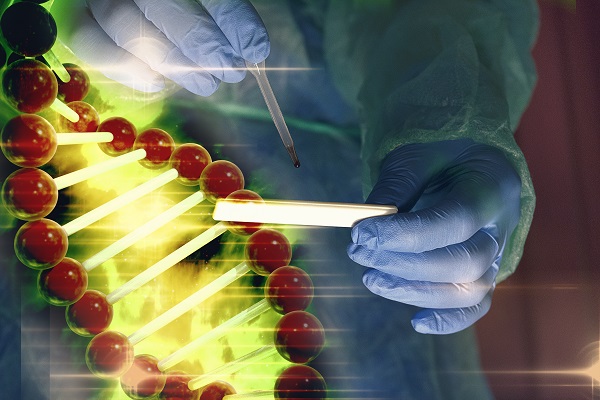NORTH CAROLINA MAN ARRESTED IN RELATION TO HORRIFIC 2012 MURDER
By KevinMarcilliat, In Murder, 0 Comments Faith Hedgepeth, a 19-year-old sophomore at the University of North Carolina-Chapel Hill, was found beaten to death and possibly raped in September 2012. She was found naked from the waist down, propped against her bed in a pool of blood. A note saying “I’m not stupid b—– jealous” was discovered nearby.
Faith Hedgepeth, a 19-year-old sophomore at the University of North Carolina-Chapel Hill, was found beaten to death and possibly raped in September 2012. She was found naked from the waist down, propped against her bed in a pool of blood. A note saying “I’m not stupid b—– jealous” was discovered nearby.
Now, police say that a man who hadn’t even been a suspect may be responsible for the horrific murder. Miguel Enrique Salguero-Olivares, 28, was arrested recently after police said his DNA matched a semen sample from the crime scene and a composite description arrived at using the DNA.
Olivares has been charged with first-degree murder and was booked into the Durham County jail without bond.
Police have not released a possible motive.
According to his mother, Olivares has said he didn’t know Hedgepeth. “My son is not a murderer. I believe in my son. I believe it,” she said.
Is the crime scene DNA enough?
Whenever a murder occurs, especially a shocking, high-profile murder, police are under immense pressure to make an arrest – sometimes regardless of actual guilt. When the wrong person is arrested, the guilty person generally goes free.
An example of that pressure is the reaction of Hedgepeth’s mother to this arrest. “I didn’t do anything but cry and thank God and praise God,” she said. “When I cried, it was tears of joy, tears of relief knowing that someone had been arrested in the case.”
Police aren’t always right, and they don’t always have enough evidence to back up an arrest. How sure are we that Olivares is the right suspect?
That is unclear. Although DNA evidence can be powerful, it isn’t magic. It must be collected properly and processed correctly – and it has to come from a place no one but the perpetrator would have been. It’s no good to find someone’s DNA in a public place; they may have been there for an innocent reason.
Here, according to Fox News, the police apparently got the DNA from semen. However, we do not know whether Olivares has an innocent explanation for his semen being present at a crime scene. For example, although he denies knowing Hedgepeth, he might have had a one-night stand with her without knowing her well enough to remember. It’s not admirable, but it might not mean he is a murderer.
Further, we don’t know what the police mean when they say Olivares matched a composite description garnered from the DNA. How accurate would such a description be? This sounds like new technology, and it may not be clear how meaningful a match with a DNA-based composite description might actually be.
The police plan to continue the investigation
“This investigation is not complete. Our work is not done,” said the assistant Chapel Hill police chief. “We will continue to work this case until every lead has been extinguished and any parties that have a role in or knowledge of this tragedy are brought to justice.”
That’s good news, especially since Olivares wasn’t even a suspect until now. All too often, investigators assume an initial lead is the correct one and zero in on that suspect to the exclusion of all others. Should their suspect turn out to be innocent, they will have wasted time that could be crucial to catching the real perpetrator.









